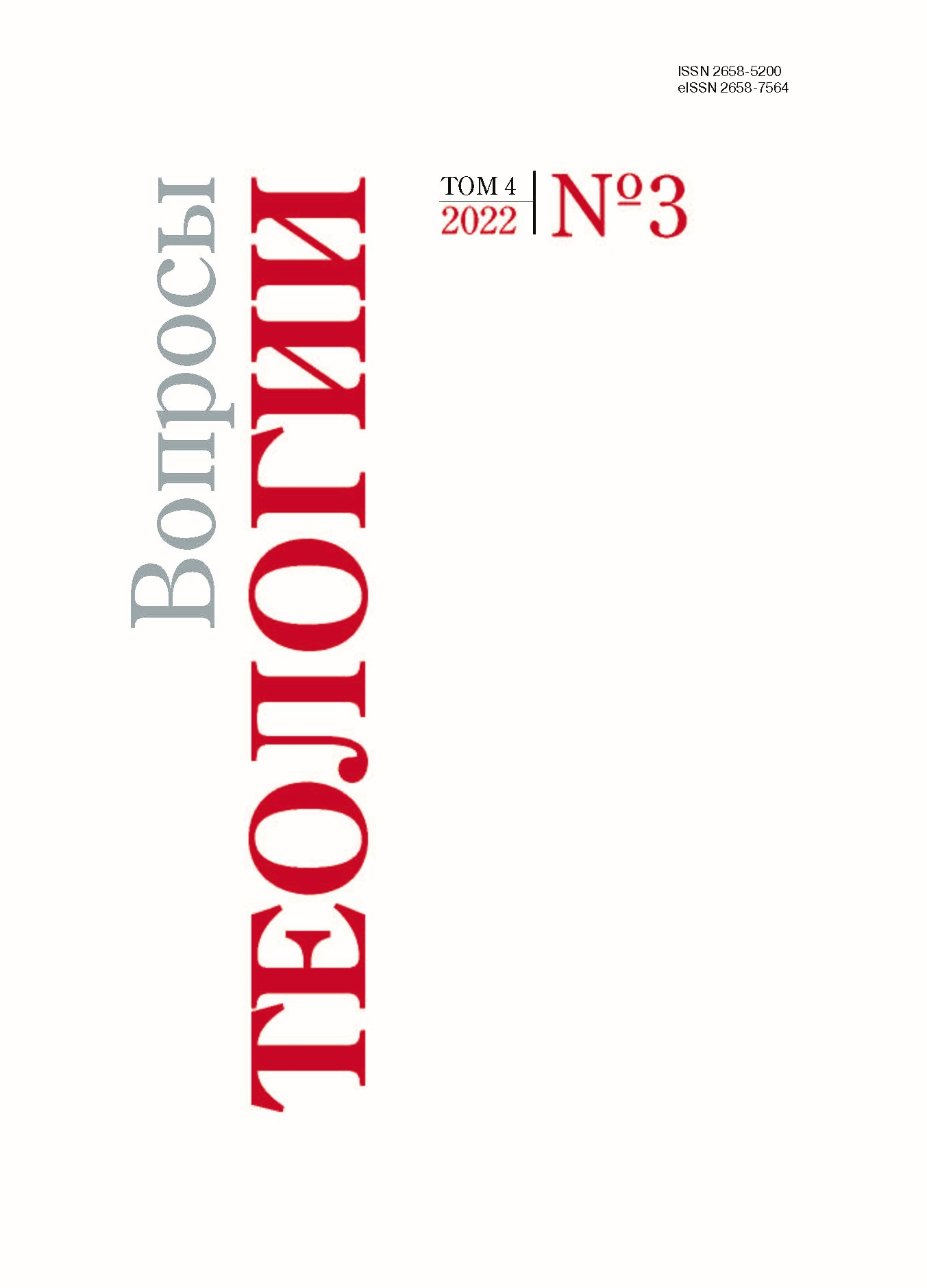An analysis on arithmomancy of multiple numbers in the Qur’an case study: The number thousand (1000)
DOI:
https://doi.org/10.21638/spbu28.2022.309Abstract
Using the history of numbers and their non-numerical connotations among the ancients, we can interpret numbers as familiar symbols used in daily life of people. There are some reports that people in various religions and cultures have paid attention to the symbols of numbers. Commentators have also referred to symbolic (non-numerical) connotations of numbers, for example the number seven in some verses of the holy Qur’an. Moreover, some numbers have been used in the Qur’an that are a multiplication of other numbers. In arithmomancy of these multiple numbers, their constitutive numbers and the context are also studied. This is done in addition to finding their independent symbolic meaning. In this study, based on the method of religio-cultural arithmomancy, the number thousand (1000) and its multiples in the Qur’an are analyzed. The findings of this study confirm that the multiple numbers show a comprehensive picture of the symbols of their constitutive numbers in the Qur’anic verses. For example, the connotations of big and centralized power, longevity, long survival, multiplicity, integrity, and so on can be regarded as comprehensive symbols for the multiple number of thousand (1000) and its higher orders in the Qur’an.
Keywords:
Qur’an, multiple numbers, thousand, symbol, religio-cultural arithmomancy
Downloads
References
References
Downloads
Published
Issue
Section
License
Articles of "Issues of Theology" are open access distributed under the terms of the License Agreement with Saint Petersburg State University, which permits to the authors unrestricted distribution and self-archiving free of charge.




